Last updated: November 16, 2023
Article
Sugar: The First and Last Food Rationed on the World War II Home Front
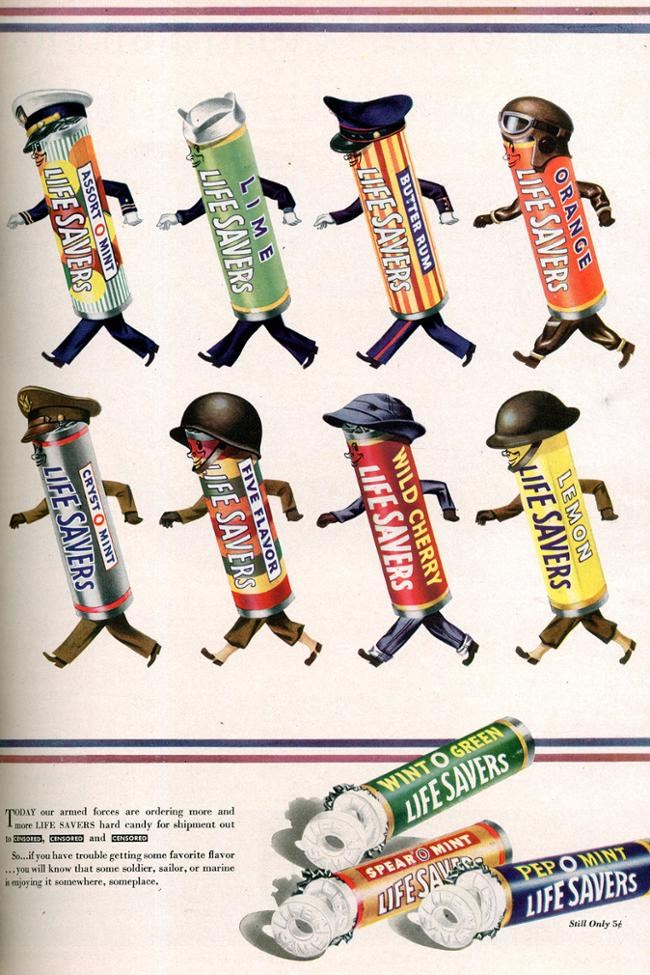
Life Magazine, February 22, 1943, p. 96.
Sugar: The First and the Last Food Rationed
In December 1941, the US was cut off entirely from its Philippine sugar supply when Japan invaded the islands. In the Atlantic, sugar imports from Puerto Rico and the US Virgin Islands were impacted by German U-boat attacks and a loss of cargo capacity to the military. Imports from Hawai’i faced similar challenges from the Japanese. Poor weather in Puerto Rico, a general lack of fertilizer and shortage of agricultural labor (because of the war) also limited how much sugar was available.[1]
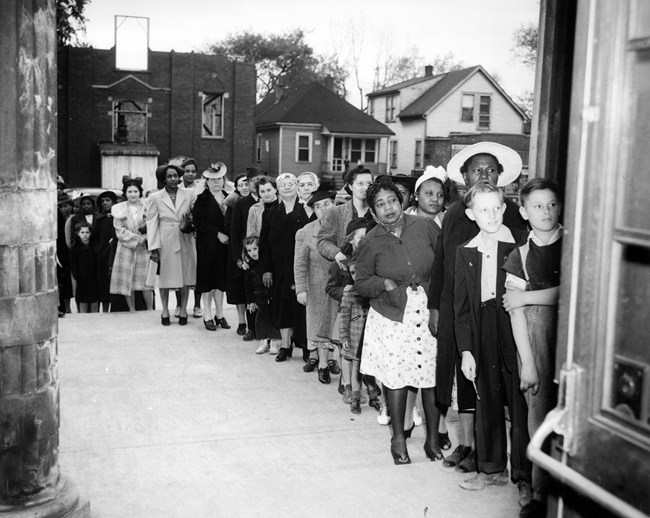
Collection of the National Archives and Records Administration (NAID: 535570).
To make sure that the military, manufacturers, and civilians had enough sugar, it was the first food to be rationed. In late April 1942, sugar sales were halted so the government could implement the ration system (and prevent hoarding). Families registered at their local school. Each person – including children – received their own ration book, and were allotted 26 pounds per year (about 8 oz (half a pound) per week – half of the per capita use in 1941).[2] When they picked up their ration book on May 5, they had to disclose how much sugar they had on hand. An equivalent number of stamps were then removed.[3]
Each stamp was initially worth one pound of sugar, and had to be “spent” in a given two-week period. In June of 1942, the OPA made each sugar stamp worth two pounds, and gave consumers a month to use each one. Institutions and industries also faced sugar rationing. Institutions such as restaurants, hotels, and hospitals had their average 1941 sugar use cut in half. Industries were cut to 70 percent of their 1941 use.[4] Rumors abounded that sugar rationing was unnecessary, and that there was plenty to go around. More than one person suggested that the cutbacks were to promote the health of Americans.[5]
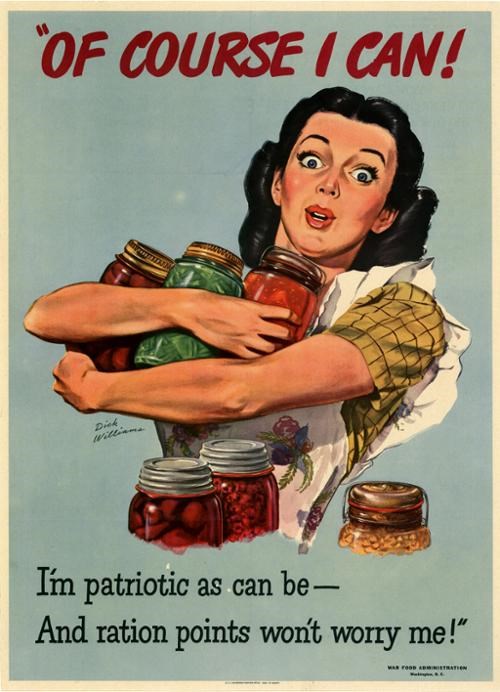
Collection of University of North Texas Libraries, Government Documents Department (ark:/67531/metadc549).
Canning
When there was excess sugar available (due to increased shipping amounts and improved inland transportation), both consumers and industry received more.[6] But when there were shortages, amounts were cut. Early in 1945, when the US began providing food for the citizens of Allied countries, the sugar shortage became acute. On February 1, 1945 the consumer sugar ration was cut to 20 pounds (about 6.3 oz per person per week). On May 1, 1945 the sugar ration was cut again, to 15 pounds (about 4.5 oz per person per week). Additional amounts of sugar were available for those canning their own foods. Initially 25 pounds per person per year, in May 1945 this was decreased to 15 pounds. The amount of sugar for canning available to a family living together was also limited. It was capped at the total available to 8 individuals – meaning that families with 9 or more people received less per person.[7]
When World War II ended, the global sugar supply was extremely low. This was due to disruptions from the war, as well as poor crop yields in 1944. To help give the market time to recover, the US government kept sugar under ration until June 1947.[8]
Substitution
Other sources of sweetener were not rationed during World War II. Instead of sugar, people used corn syrup, molasses, maple syrup, and prepared foods. In March 1942, immediately after sugar was rationed, American Cookery magazine published a guide for substitution. Each cup of granulated sugar in a recipe could be replace with:
- 1 cup of molasses. Add 1/2 teaspoon of baking soda when baking; cakes heavier but stay moist longer; or
- 1-1/4 cups of maple syrup (reduce liquid in the recipe by half). Add 1/4 teaspoon baking soda when baking; good on cereals, in puddings, and sauces; or
- 1 cup of honey (reduce liquid by 1/4). Add 1/8 teaspoon of baking soda when baking (optional); thickness of honey must be considered in any use as a substitute; or
- 1 cup of corn syrup (reduce liquid by 1/3). Add 1/8 teaspoon of baking soda when baking (optional); good in custards, muffins, drop cookies, cakes, frostings, and preserving fruits.
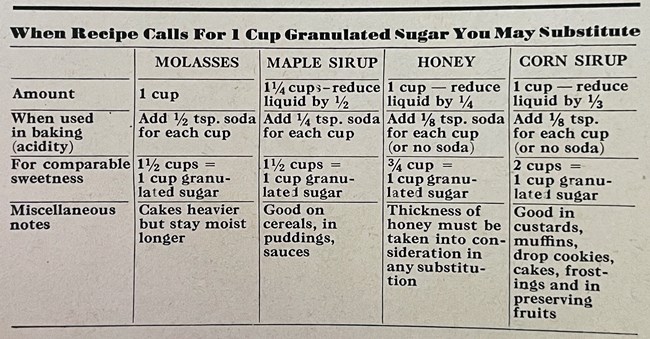
American Cookery (1942) “When Recipe Calls for 1 Cup Granulated Sugar You May Substitute.” American Cookery April 1942, p. 334.
The magazine also gave measurements for providing a comparable sweetness to one cup of sugar: 1-1/2 cups of molasses or maple syrup; 3/4 cup of honey; or 2 cups of corn syrup.[9]
Because sugar in prepared foods (like gelatin, sodas, and sweetened condensed milk) didn’t count towards an individual’s sugar ration, people used non-sugar ration points to increase the amounts of sugar they were actually using.[10]
People also used fruits to sweeten baked goods, like applesauce in cake or raisins in frosting:
Applesauce Cake [11]
2 cups sifted all-purpose flour
1 teaspoon baking soda
1/4 teaspoon salt
1/4 teaspoon ground cloves
1/2 teaspoon ground nutmeg
1 teaspoon ground cinnamon
1/2 cup shortening
1/4 cup sugar
3/4 cup corn syrup
1 egg, slightly beaten
1 cup thick applesauce (unsweetened)
1 cup raisins
1 cup coarsely chopped nuts
1. Sift flour three times with baking soda, salt, and spices. 2. Cream shortening. Add sugar and cream thoroughly. Add corn syrup gradually, beating after each addition. Add egg and beat until light and fluffy. 3. Add sifted dry ingredients alternately with applesauce. Add raisins and nuts. Bake in 9x9 inch loaf pan lined with greased wax paper. Bake in a moderate oven (350F) for 50 to 60 minutes.
Raisin Frosting [12]
1-1/4 cups of raisins, ground
1/3 cup of water
1/2 teaspoon of cinnamon
1/8 teaspoon of ground cloves
1/8 teaspoon of salt
Cook all ingredients together, stirring constantly until thick. Spread over a single layer cake.
This article was written by Megan E. Springate, Assistant Research Professor, Department of Anthropology, University of Maryland, for the NPS Cultural Resources Office of Interpretation and Education. It was funded by the National Council on Public History’s cooperative agreement with the National Park Service.
Notes and Bibliography
[1] Ballinger 1946: 1, 5; Hayes 2000: 77.
[2] Ballinger 1946: 13; Hayes 2000: 77.
[3] Sundin 2022.
[4] Ballinger 1946:13, 15.
[5] Examples of sugar rationing rumors from the United States Office of War Information (1942-1943) Sugar: World War II Rumor Project Collection: “There is no shortage of sugar. There are warehouses full of it, in fact it is rotting in the warehouses. The reason they are rationing it is because the American people eat too much of it and it is mainly for the health of the American people” (St. Louis, MO, August 5, 1942); “There is a lot of sugar on hand and rationing isn’t necessary. It looks like sugar is being rationed to make us war conscious” (Head of a women’s group, Minneapolis, August 7, 1942); “I can’t understand why they ration sugar. There is plenty of it. I think one reason they are rationing sugar is to help keep the price up” (Birmingham housewife, August 3, 1942).
[6] Ballinger 1946: 14.
[7] Ballinger 1946: 15; Sundin 2022.
[8] Ballinger 1946: 22; Sundin 2022.
[9] American Cookery 1942 April p. 334.
[10] Hayes 2000: 77; Lee 2021; Sundin 2022. You can explore other recipes that save on sugar in the “Rationing Menus: Save and Stretch Your Meat and Sugar” published by the Danbury High School (Connecticut) Home Economics Department in June, 1945.
[11] Church & Dwight Company, Inc. 1942.
[12] Hayes 2000: 90.
American Cookery (1942) “When Recipe Calls For 1 Cup Granulated Sugar You May Substitute.” April 1942, p. 334.
Ballinger, Roy A. (1946) “Sugar During World War II.” War Records Monograph – 3, United States Department of Agriculture, Bureau of Agricultural Economics, June 1946.
Church & Dwight Company, Inc. (1942) “Save Sugar for Necessary Needs: A Tempting Recipe for Applesauce Cake” (advertisement). American Cookery, November 1942, p. 125.
Hayes, Joanne L. (2000) Grandma’s Wartime Kitchen: World War II and The Way We Cooked. St. Martin’s Press, New York.
Lee, Karen (2021) “Coupons and Canned Corn: What a WWII Shopping List Reveals about Rationing.” Fishwrap: Official Blog of Newspapers.com, August 21, 2021.
Sundin, Sarah (2022) “Make It Do: Sugar Rationing in World War II.” Today in World War II History, May 2, 2022.
United States Office of War Information (1942-1943) “Sugar: World War II Rumor Project Collection.” World War II Rumor Project Collection, Office of War Information. Collection of the Library of Congress.
Table of Contents
1. Introduction
2. The American Home Front Before World War II
3. The American Home Front and the Buildup to World War II
3B The Selective Service Act and the Arsenal of Democracy
4. The American Home Front During World War II
4A A Date That Will Live in Infamy
4A(i) Maria Ylagan Orosa
4C Incarceration and Martial Law
4D Rationing, Recycling, and Victory Gardens
4D(i) Restrictions and Rationing on the World War II Home Front
4D(ii) Food Rationing on the World War II Home Front
4D(ii)(a) Nutrition on the Home Front in World War II
4D(ii)(b) Coffee Rationing on the World War II Home Front
4D(ii)(c) Meat Rationing on the World War II Home Front
4D(ii)(d) Sugar: The First and Last Food Rationed on the World War II Home Front
4D(iii) Rationing of Non-Food Items on the World War II Home Front
4D(iv) Home Front Illicit Trade and Black Markets in World War II
4D(v) Material Drives on the World War II Home Front
4D(v)(a) Uncle Sam Needs to Borrow Your… Dog?
4D(vi) Victory Gardens on the World War II Home Front
4D(vi)(a) Canning and Food Preservation on the World War II Home Front
4E The Economy
4E(i) Currency on the World War II Home Front
4E(ii) The Servel Company in World War II & the History of Refrigeration
5. The American Home Front After World War II
5A The End of the War and Its Legacies
5A(i) Post World War II Food
More From This Series
-
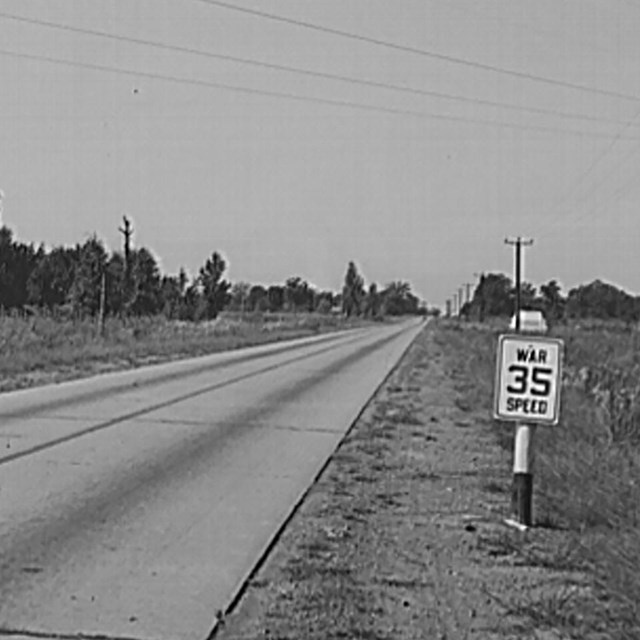 The Home Front During World War IIRationing of Non-Food Items
The Home Front During World War IIRationing of Non-Food ItemsRationed items included tires, cars, bicycles, gasoline, home heating fuels, shoes, stoves, footwear, and typewriters.
-
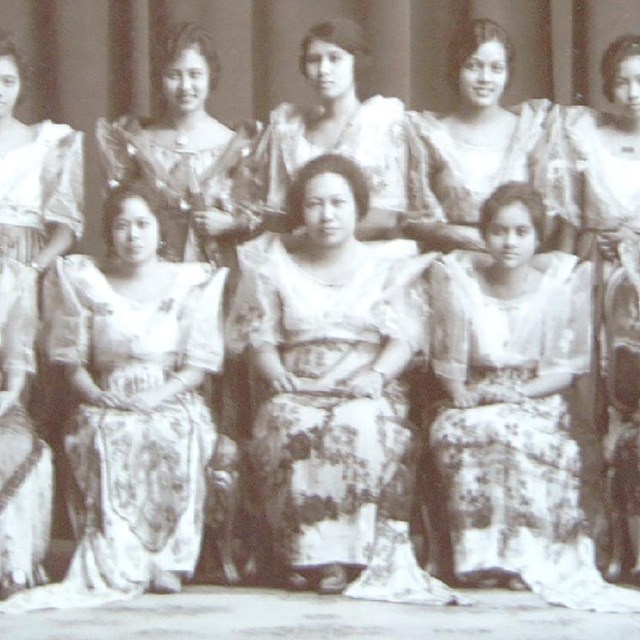 The Home Front During World War IIMaria Ylagan Orosa
The Home Front During World War IIMaria Ylagan OrosaMaria is best known as the inventor of banana ketchup. Her impact on Philippine life and her heroism on the home front is much greater.
-
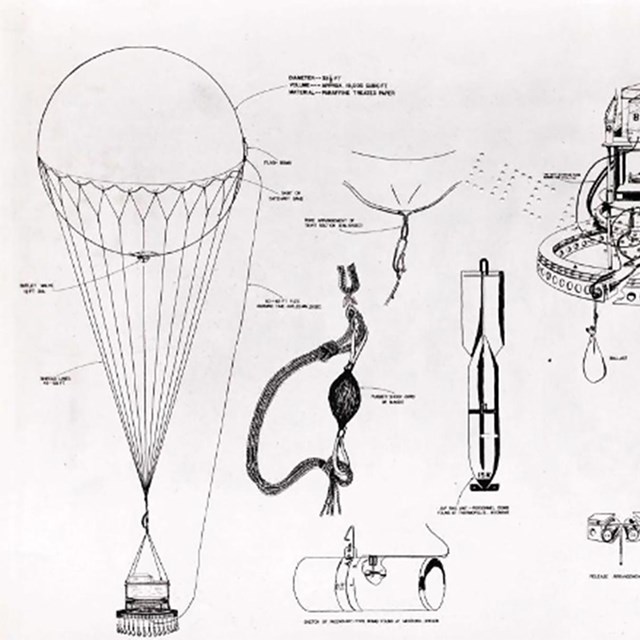 The Home Front During World War IIEnemies on the Home Front
The Home Front During World War IIEnemies on the Home FrontNot only were there several attacks directly on the home front by Axis troops, there were spies planted throughout the US.
